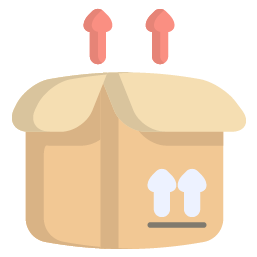One of the smartest ways to organize any space is by creating storage zones — designated areas that group similar items together. But not all zones are created equal. The key lies in tailoring zones to your lifestyle and habits so they make your daily routines easier, not more complicated.
Why Storage Zones Matter
Imagine walking into your kitchen and knowing exactly where every utensil, spice, and dish belongs. Storage zones bring order and logic to your home, turning chaos into a smooth-flowing system. Without zones, everything tends to mix, making it frustrating to find what you need.
By defining clear zones, you:
- Save time searching for things
- Reduce stress caused by clutter
- Maintain order more effortlessly
How to Identify Your Zones
Start by observing how you use your space throughout the day. Ask yourself:
- Which items do I reach for most often?
- What tasks do I perform in each area?
- Are there natural groupings or categories?
For example, in a living room, you might have zones for reading (books, lamps), entertainment (TV remotes, consoles), and relaxing (blankets, pillows).
Popular Zone Ideas to Adapt
- Entryway Zone: Coats, shoes, keys — everything you grab on the way in or out.
- Workstation Zone: Desk supplies, chargers, notebooks — keep your productivity tools handy.
- Kitchen Prep Zone: Knives, cutting boards, spices — arrange these near your main work surfaces.
- Cleaning Zone: Brooms, sprays, cloths — store them where they are easy to access but out of sight.
Tips to Make Zones Effective
- Keep frequently used items within easy reach.
- Use containers or baskets to visually separate zones.
- Label storage spaces when helpful — it’s a great reminder for everyone in the household.
- Adjust zones seasonally or as needs change — flexibility is part of a smart system.
Common Mistakes to Avoid
Creating zones that sound good on paper but don’t fit your habits can backfire. For instance, placing daily coffee supplies far from the kitchen counter can cause frustration.
The solution? Trial and error. Don’t hesitate to tweak zones after living with them for a while. The goal is smooth flow, not rigidity.
In Summary
Designing functional storage zones is a game-changer for home organization. By understanding your routines, grouping items logically, and staying flexible, you’ll create a space that works with you — not against you.
